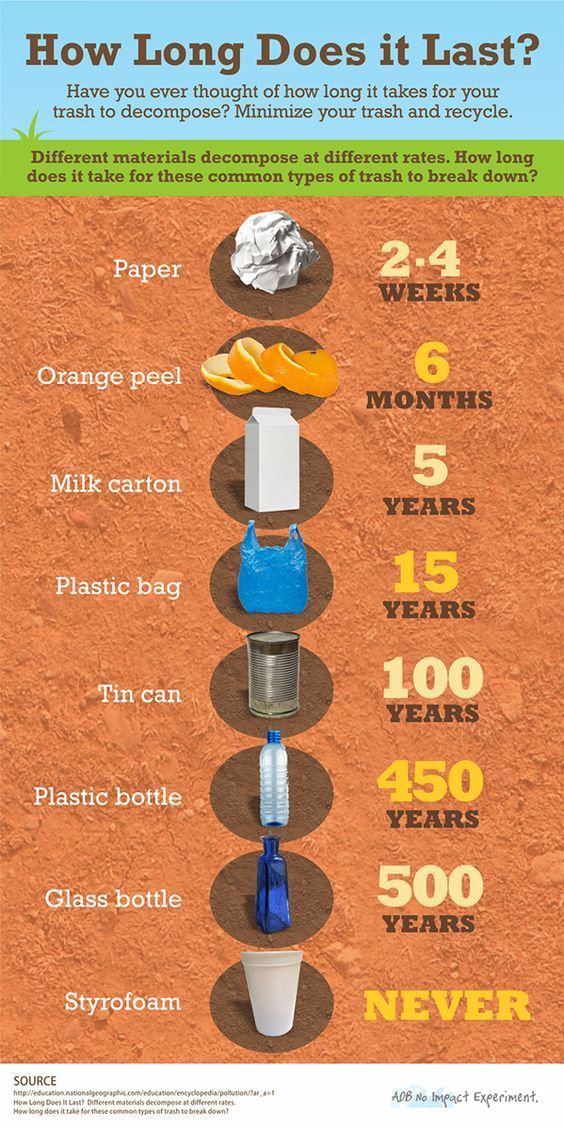Tires are the only parts contacting the road in a vehicle. For that reason, you should inflate, clean, and inspect tires on a regular basis. Even you have high-quality tires; the tire life is about 6 or 7 years.
Replace the new ones to have a safe-and-smooth ride in the ground. If you are using Michelin dry rot, do not panic. You will do similar things to other tire manufacturers. First of all, study something about the tire’s dry rot.
Tires degenerate over a while because of the rubber. When a tire gets old, it does not have the protective resin preventing the rubber from oxidizing. It also makes the tire dry rot. Oils in the tire dry out; the tire is fragile and begins having breakable spots on the surface. The entire process is called tire dry rot.
Tire dry rot is the aging condition of the tread life. It appears when the tire gets vulnerable to problems or unforeseen temperatures. Please keep in mind that it is pretty hard to repair when your wheels start to form. The good news is that we can avoid it in the early time by checking tires regularly.
When you understand what tire dry rot is, you will not be surprised by the Michelin tires dry rot (for sure).
Dry rot is breakable spots in the tire rubber. You probably explode a lot of symptoms for your ties. As you observe any of those symptoms, let the technicians check tires and wheels to find out bad conditions and decide the best solution. If tires are safe to use, you could control the vehicle without a hitch.
Dry rot dehydrates tires over the period. This is because essential oils dry out of the tires. They become frailty and visible. A few pieces of rubber move apart from the tires after a while.
Dry rot tires might generate plenty of small cracks over the outside treads. Despite the proper depth, these lines could impact your vehicle and the way of handling it.
Crevices on the sidewalls of a tire may occur in some cases of tire dry rot. Those fissures come out in a single spot. Then, they spread across a large piece of the hubcap or the entire surface of the tire.
Tires turn gray (from the black color) – this is a sign of tire dry rot. Your tires are suffering cracks. Discoloration can occur before or after rupturing. Old and warm weather conditions possibly enhance dry rot, so you should check your tires in the early springtime or the fall time. In general, check all tires for all signs of dry rot annually.
Accurate maintenance can prolong the tire life from unexpected cracking. When worsening becomes perceptible on your tires, the best way is to replace new tires before extra damage could happen.
You should check the sidewalls and treads every month to control the condition. By doing that, you might find any tiny issues such as discoloration, cracks, wear-and-tear problems, bulges, etc.
Park your car out of the sunlight for a long period probably causes dry rot in tires. This is because UV rays decrease rubber resin in the tire surface. So, your tires may get premature sidewall weathering. Thus, you should park in the shaded areas to avoid excessive UV rays and heat. In case you cannot find the right parking lot, use a cover. It staves off heat and sunlight.
If you want to use tire protectants or cleaning products, read labels carefully. Moreover, learn about other chemicals destroying your tires. For example, you need to stay away from cleaning products, petroleum substances, for instance. These products degrade the weather protection in rubbers, causing untimely cracking.
The simplest way to protect your tires is by cleaning the surface every month. Use a washcloth to make it wet. Then; add the mild dish soap, water-based cleaner, or the solution. These products do not harm your tires as they cannot impact the tire’s compound and materials. Rinse the tires again with water.
Rinse the tires again with water.
Underinflated tires are one of the most common tire failures. You know; underinflated tires lead to excessive heat and cracking in the tread surface. Consequently, tires get dry rot and other problems.
Typically, a tire dry rot can last 6 years. If you are lucky enough, the time will be 7 or10 years. Being aware of the tire life helps you do the maintenance regularly and the time to replace new tires. So if you are planning to change the Michelin tires dry rot, you need to know the manufacturing years.
The answer is “No, you cannot do that”. The best approach is replacing new tires. To avoid the problem, you possibly follow those solutions above.
Are Michelin tires good? Michelin is one of the most reliable brands over the years. As a leading brand, Michelin usually builds top-notch products with good materials. This is a valuable distribution in the fuel economy. When it comes to the best tires for a vehicle, Michelin is the first option. If you are having Michelin dry rot tires, talk to the manufacturing service.
As a leading brand, Michelin usually builds top-notch products with good materials. This is a valuable distribution in the fuel economy. When it comes to the best tires for a vehicle, Michelin is the first option. If you are having Michelin dry rot tires, talk to the manufacturing service.
Home » Dry Rot Tires and What to Do About Them (Full Guide)
Dry rot is, sadly, a part of tire life. At the end of their life cycle, tires develop rot with aging. However, that issue can arise for multiple reasons.
So, how long does it take tires to dry rot?
There are different answers as it greatly depends on versatile factors. Furthermore, there is a correlation between dry rot – tire blowout issues. Yet, you won’t be popping tires in the early stages of dry rotting.
Let’s see what this issue is and how can you go about preventing it before needing new tires!
When talking about dry rot, the first thing to pop into your head might not be tire-related.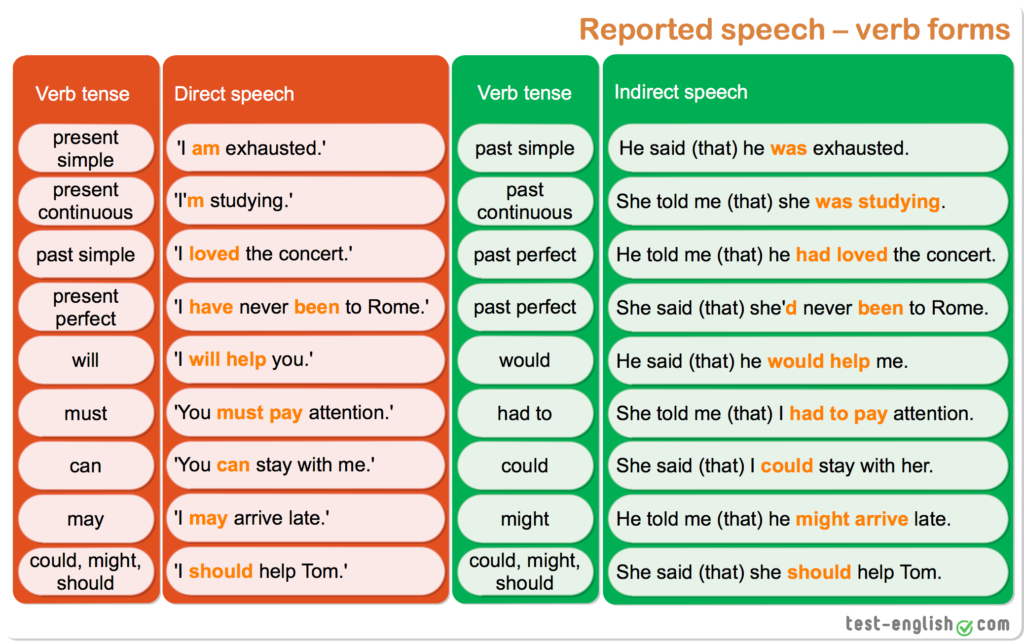 But, is a dry-rotted tire completely different from that?
But, is a dry-rotted tire completely different from that?
Generally, dry rot forms in wood. It is wood decay caused by versatile species of fungi. They eat away at parts of the wood that give it its strength. However, tire dry rot is not the result of organic growth.
If it is not the same, then why do tires dry rot?
Tire dry rot happens when the rubber compound dries out. It appears either because of the natural aging of the tire or by exposing it to improper tire care. When noticing dry rot early signs, the tires can still be saved. Yet, it can quickly become more serious.
It can easily turn into the tire not being able to hold air pressure. It can cause air leaks, dry rot tire blowouts, or even tread separation.
Tire dry rot can appear in multiple forms. However, as it is known as sidewall cracking, you can guess where this is going. How to tell if tires are dry-rotted?
From minor tire dry rot to tires cracking on their sidewall, dry rot in tires appears in the following ways:
Dry-rotted models are also called weather-cracked tires for a reason. While weather damage caused by direct sunlight is the most common, tire rot can be the result of many external factors.
While weather damage caused by direct sunlight is the most common, tire rot can be the result of many external factors.
How do tires dry rot? These are the causes of a cracked tire:
To make sure your tires don’t develop premature dry rot, be sure to purchase good-quality models. This ensures their longevity as long as they are properly taken care of.
Check out this tire sidewall cracking chart, to see different dry rot levels:
Bonus question: How long can you drive on a tire with wires showing?
Don’t! Change the tire immediately. Wires showing on tires make those models extremely dangerous and no amount of driving should be attempted with them. Look into getting a replacement tire as soon as possible.
Tire tread and sidewalls develop dry rot depending on the conditions they are used in. Sunny, arid climates dry out tires sooner, resulting in dry rotted tire sets after about 5 years. However, humid environments manage to slow the aging process down, lengthening its service life.
Rubber dry rot can be dangerous when the cracks between tire treads and on the sidewall are deep and severe. Such tire sidewall cracking is an indication that the tire is going to fail. When tire rubber reaches this severity of cracking, it should be changed immediately.
Cracks on tires can be normal, as they are an indication of tire aging or improper care. However, whether it is due to aging or damage, they are signs of a bad tire. Severely dry rotted tires should be changed immediately, while barely visible tire cracks don’t pose an immediate danger.
Yes, dry rot on tires is dangerous. It is literally dry decay, which causes tread area and sidewall cracks. These cracks can cause air pressure leaks, leaving flat tires behind. However, if the cracks of dry rotting tires open up suddenly, it can easily end up in a blown-out tire.
Consumer disputes over the age of tires have not subsided for several seasons. Buyers are excited that the warranty period for tires is limited to 5-6 years according to GOST, and after the expiration of this period, the rubber becomes unusable.
Is this really the case, read this article.
Manufacturers of most brands on their products set Shelf life is 5 years and service life is also 5 years .
The shelf life of a tire is the period during which it retains its performance when properly stored.
The end of this period does not mean that the tires have become unusable . A shelf life of 5 years is given by manufacturers because, by law, they cannot set a shelf life higher than the service life. Tires over 5 years of storage cannot be called damaged or defective, their technical characteristics may be slightly reduced. American researchers argue that the period of storage of "shoes" must be at least 10 years. Experts from Germany are sure that it cannot exceed 6 years. nine0003
A shelf life of 5 years is given by manufacturers because, by law, they cannot set a shelf life higher than the service life. Tires over 5 years of storage cannot be called damaged or defective, their technical characteristics may be slightly reduced. American researchers argue that the period of storage of "shoes" must be at least 10 years. Experts from Germany are sure that it cannot exceed 6 years. nine0003
The expiration date of tires is the warranty period during which the manufacturer is responsible for the quality and condition of the tire if it was used for its intended purpose without violating the operating rules.
According to Russian legislation (GOST 5513, GOST 4754-97) , the service life of tires is 5 years from the date of manufacture.
How can I find out the date of manufacture of tires? nine0010
You can find out the age of tires by a special DOT code. Tires manufactured after 2000 in the DOT code contain two pairs of numbers, where the first pair indicates the week number of the year, and the second pair indicates the year. Earlier tires before 2000 have 3 numbers in their composition, where the first two digits are the week number, and the last one is the year (see the transcript in the photo).
Earlier tires before 2000 have 3 numbers in their composition, where the first two digits are the week number, and the last one is the year (see the transcript in the photo).
Determination of the average shelf life of a tire according to GOST and operating conditions. nine0010
- The symbol ZR denotes tires for high-speed cars. They are recommended to be used at speeds over 240 km/h. up to 6 years
- Tires with the H symbol are used at a maximum speed of 210 km/h. within 5 years.
- The sign S symbolizes the maximum permissible speed of 180 km/h. and operational period of 4-5 years.
Most tire manufacturers do not agree that tire life is limited to 5 years. Each company has its own opinion on this matter. We analyzed several of them and the information they posted on their official websites. nine0003
Michelin
The French tire manufacturer Michelin has become famous for its active fight against the perception of the rapid aging of tires as a perishable product. Her information campaign "Tires Are Not Bananas" created a lot of noise in the automotive environment. According to the representative office, several test trials were carried out in Saudi Arabia, South Korea and Germany. As a result of testing, no difference was found between new tires and tires stored for 3 years. They were tested for various characteristics such as rolling resistance, high speed durability, etc. Tires with a year life were approximately equal in performance to 10-year unused tyres. nine0003
Her information campaign "Tires Are Not Bananas" created a lot of noise in the automotive environment. According to the representative office, several test trials were carried out in Saudi Arabia, South Korea and Germany. As a result of testing, no difference was found between new tires and tires stored for 3 years. They were tested for various characteristics such as rolling resistance, high speed durability, etc. Tires with a year life were approximately equal in performance to 10-year unused tyres. nine0003
Michelin focuses the attention of car owners on the fact that tires are not a perishable product, their shelf life is not as important as the service life is important, starting from the date the tires are installed on the rims. It is from this moment that the tire is subjected to all tests: pressure, temperature changes, wear, contact with uneven and sharp coatings, etc.
Continental
On the Russian official website of Continental, we found the following information on the expiration dates of tires. nine0003
“When a tire is stored in the correct position and under the recommended conditions, it will not lose its original balanced performance for 5 years from the date of manufacture of the tire.
A properly maintained, unused tire less than 5 years old can be sold as a new tire and used normally.
Continental recommends replacing all tires (including spares) with a sidewall date greater than 10 years. nine0003
Nokian
The following information is posted on the Nokian official website:
“Tire life is not defined by law, but tires can only be considered “new” if they have been manufactured within the last five years.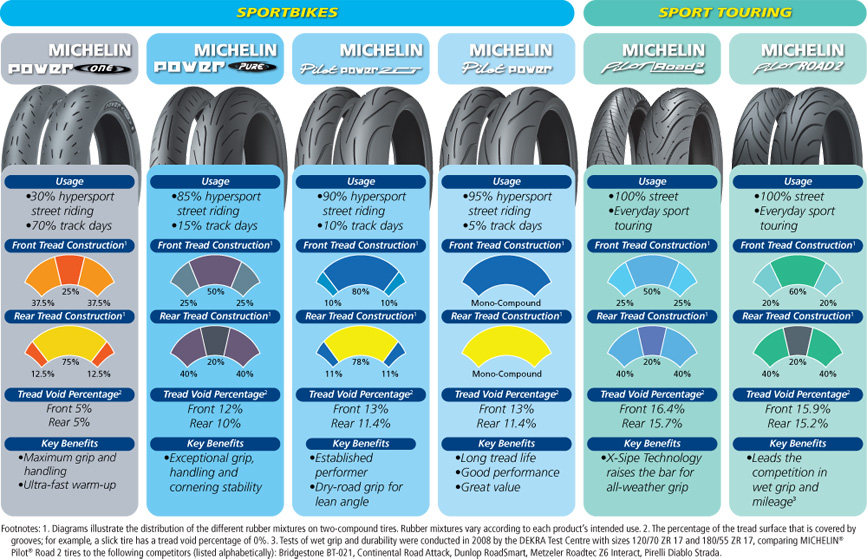 The recommended service life of tires is six years and the recommended maximum period is 10 years.
The recommended service life of tires is six years and the recommended maximum period is 10 years.
The opinion of our specialists, based on many years of experience, coincides with the opinion of manufacturers: the shelf life is 5 years + the service life is up to 10 years. Moreover, more "adult" tires, in our opinion, are of better quality. nine0003
To keep tires as long as possible, they are stored in compliance with all rules and recommendations. The main condition is a cool, ventilated, darkened room away from oils, paints, ozone, and heat sources.
Rubber products tend to lose their performance over the years. To prevent and slow down this process, manufacturers add polymers to the rubber compound. They prevent oxidative processes that occur due to the interaction of protectors with oxygen and ozone. nine0003
The following are the main conditions for the proper storage of tires in accordance with GOST 24779-81:
Maintaining a constant regime without sudden jumps, slight temperature fluctuations from -30°С to +35°С are allowed;
Provide a low humidity level of 50-80% in a dry, ventilated cool room;
Avoid direct sunlight, use darkened hangars, shield heat sources; nine0003
Keep away from sources of heat;
Tires should not come into contact with corrosive, copper materials.
Avoid kinking, loading or positioning on an uneven surface.
Avoid contact with oils, organic solvents, acids, alkalis, fuels and lubricants on the tire surface. It is forbidden to lay tires on a wet and dirty surface. nine0003
In the warm season, when storing tires outside, they should be covered with light-tight material and raised above ground level to ensure ventilation and prevent the occurrence of the greenhouse effect.
Storage on reflective, light and heat absorbing surfaces is prohibited.
Keep away from chemicals, oils, paints, open flames, electric motors that produce ozone. nine0003
Used tires must be washed and dried.
Tires without rims should be stored upright.
The service life depends on many factors: the load on the car, the quality of the roads, the driving style, the distance traveled, tire damage, etc. To increase their service life, follow these rules: nine0003
Check tire pressure every 2-3 weeks. With reduced pressure, tire wear increases by the equivalent of a % reduction. For example, a 15% reduction in pressure can result in a 15% reduction in service life. Inflated tires are less scary.
The wear of the front tires is always significantly higher than the rear ones, so it is recommended to swap them after some time, carefully watching the direction of the tread pattern and the direction of rotation. nine0003
Proper alignment of tires in relation to rims. If the direction is not the same, then performance is significantly reduced.
To prevent damage to the sidewalls of tires, avoid close proximity to curbs and high ledges.
Wash off dirt from the surface of the rubber and from deep grooves with special cleaning agents. nine0003
Adhere to an even driving style without harsh brakes and quick starts.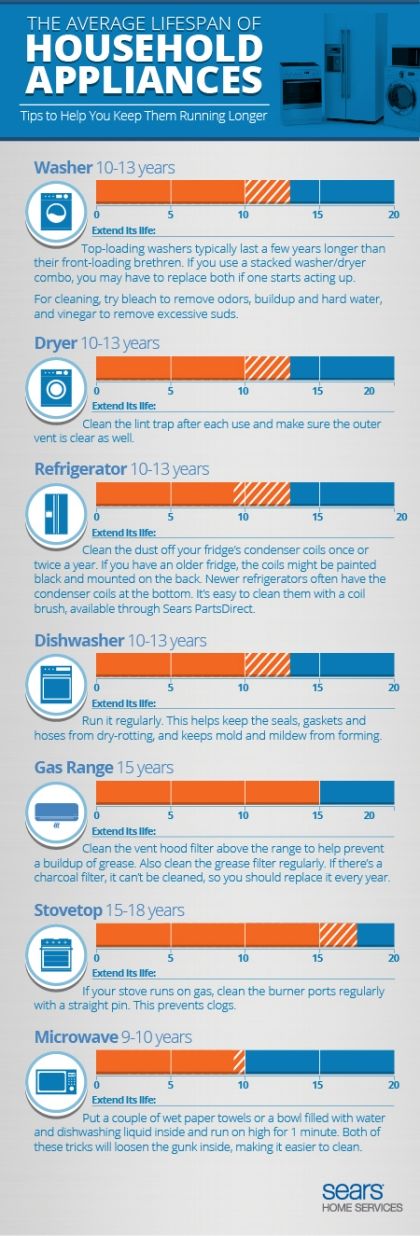
Do not overload the car beyond the norm. 20% excess weight leads to a 30% loss of tire life.
Keep the wheels balanced and check the alignment angles annually.
The main condition for a long tire life is:
- high quality products,
- careful operation,
- proper storage of tires in the off-season,
- timely diagnosis.
The age of tires in standard storage is a minor non-determining factor that should not be taken into account when buying them.
Previous article Next article
How do you know when tires are completely worn out and it's time to change them? Everything is simple. For summer tires, the limit is 1.6 mm of residual tread depth, and for winter (or all-season, used in winter) - 4 mm. Modern summer tires can cover from 40,000 to 70,000 km depending on driving style and vehicle characteristics.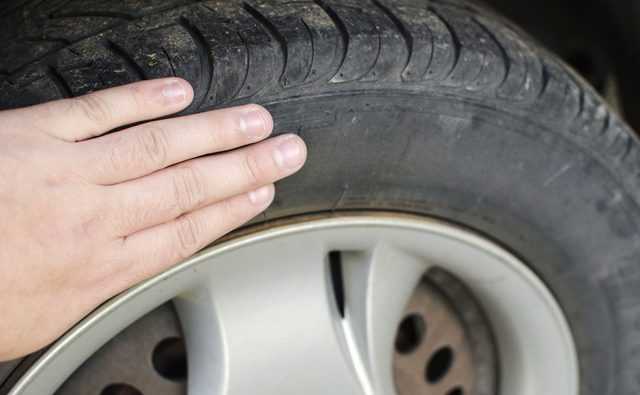 An average motorist rolls such a mileage on summer tires in 2-3 seasons. Moreover, wear implies not only a decrease in tread depth. For millions of cycles of deformation, the strength of the carcass and its adhesion to the layers of the rubber compound are violated. In short, every 2-3 years you should buy a new set of tires. nine0003
An average motorist rolls such a mileage on summer tires in 2-3 seasons. Moreover, wear implies not only a decrease in tread depth. For millions of cycles of deformation, the strength of the carcass and its adhesion to the layers of the rubber compound are violated. In short, every 2-3 years you should buy a new set of tires. nine0003
In case of irreparable damage to one of the tires and a relatively high total mileage of the kit, it is also worth considering replacing it. Well, or about buying at least a pair of new tires, which, for any type of drive, should be installed on the front axle. We put two tires back - the most decent of the remaining ones.
Many motorists drive only a few thousand kilometers a year. This does not mean that the tires will serve you for several decades. According to Russian requirements (GOST 4754-97), the service life of passenger car tires is 5 years from the date of manufacture. And for example, Continental recommends that all car tires (including the spare tire) older than 10 years old should be replaced with new ones.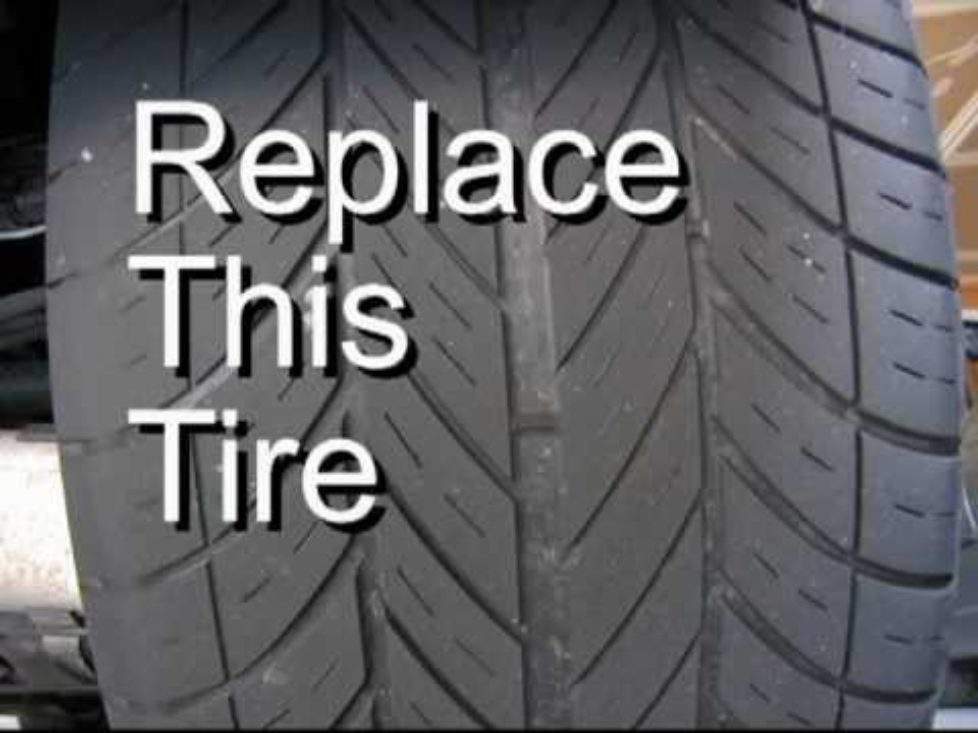 Therefore, with small runs, you can navigate for ten years. The date of manufacture of the tire is indicated on the sidewall. Usually it is an oval with four numbers. The first two are the ordinal number of the week in the year, the last two indicate the year.
Therefore, with small runs, you can navigate for ten years. The date of manufacture of the tire is indicated on the sidewall. Usually it is an oval with four numbers. The first two are the ordinal number of the week in the year, the last two indicate the year.
Related materials
How to change the car yourself - detailed instructions
Tires should be rotated periodically in accordance with the vehicle manufacturer's recommendations - information on this can be found in the owner's manual.
We can advise you to carefully use the tires and, most importantly, to store them correctly in the off-season. First of all, during storage, it is important to exclude direct sunlight from hitting the tires, which greatly age the rubber. Tires without rims should be placed vertically, and stacked on rims. nine0003
And before installing tires on a car at the beginning of the season, evaluate their condition. There should be no cracks in the tread and sidewalls. The tire should not be dry, it should remain rubbery and not look like baked plastic.
There should be no cracks in the tread and sidewalls. The tire should not be dry, it should remain rubbery and not look like baked plastic.
Related materials
Driving on badly worn tires - will I be fined or not?
Winter tires have a much shorter life span. They almost always fail due to the wear of the treadmill, because the tread of a new tire is 7–8 mm, and only 3–4 mm remain working height. If the tires are studded, then with such wear there are very few metal elements left, and the tire will not provide adequate safety when driving on a winter road. However, not only spikes, but also Velcro, with such a degree of wear, also lose most of their capabilities. nine0003
The real life of winter tires rarely exceeds 30,000 km. "Bald" winter tires without studs can be re-rolled in summer, but their grip on hot road surfaces will be very poor. This must be taken into account, especially when braking.